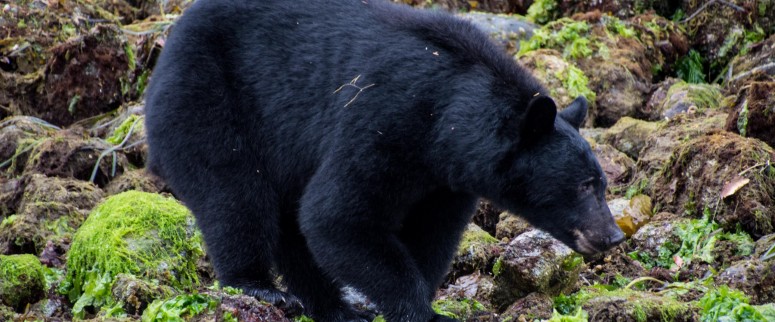Vancouver Island Fast Facts
When people first hear about Vancouver Island, they tend to picture a small, uninhabited area with beaches and not much else. In reality, Vancouver Island is a large, populated Island with incredible diversity, wildlife and things to see, explore and do. Here are some fast facts about the Island and its different areas.

Photo by: Susan Johnston
Size: Vancouver Island is about 460km long and 100km wide, with around 32,134km2 total area. It is the eleventh largest Island in Canada.
Population: As of 2011, just under 760,000 people lived on the Island.
Number of Cities: About fifty towns and cities are on Vancouver Island.
Biggest City: Victoria, British Columbia’s capital city, is the Island’s largest city with a population of around 84,000.
Smallest City: Zeballos is one of the Island’s smallest towns, with a population of 110.
Regions: Vancouver Island is typically split into six regions – North Island, Central Island, South Island, the Gulf Islands, Cowichan and the Pacific Rim.

Photo by: David Wadsworth
First Nations Groups: There are three main First Nations groups on Vancouver Island. The Kwakwaka’wakw, Nuu-chah-nulth and Coast Salish. Within the band are various other groups with unique cultures and governments.
Famous People: Vancouver Island was called home by plenty of notable names including Pamela Anderson, Randy Bachman, Kim Catrall and Nelly Furtado.
World Records: The Island holds plenty of world titles, including the world’s largest hockey stick in Duncan, and a Guinness Record for the largest street hockey tournament, which took place in Ladysmith. It also has the world’s largest totem pole in Victoria, B.C.

Photo by: Istvan Hernadi
Km of Coastline: Vancouver Island has about 3400km of coastline.
Km of Mountain Range: The Vancouver Island Mountain Range runs the length of the entire Island. They have an area of 45,373km2, with the highest point being the summit of the Golden Hinde at 2,195m. The mountains make for some great hiking.
Animal Unique to Island: The Vancouver Island Marmot is unique to its namesake and is distinct from other marmot types. They are considered an endangered species, and large conservation programs are working to re-establish their population.

Photo by: Harrison Stoker
# Wineries: From the South Island, through the Cowichan Valley and to Comox Valley, there are around 37 licensed wineries.
# Farmer’s Markets: More than 40 Farmer’s Markets take place on the Island. The Duncan Farmer’s Market is considered one of the top markets in British Columbia.
Diving: Vancouver Island has some of the best cold-water diving in the world. Nootka Sound and Hornby Island are some of the few places in the world to see six-gilled sharks.

Photo by: Tom Hazen
High and Low Temperature: The Island has an average coldest temperature of -2 degrees Celsius in the Winter and an average high of 23 degrees Celsius in the summer. It is considered to have the mildest climate in Canada.
Amount of Rain/Year: Vancouver Island sees over 20,000mm of rain per year, with Port Renfrew and Tofino seeing the most. Victoria, thanks to the rain shadow of the mountains and the mainland, sees the least.

Photo by: Barbara Evans
Natural Features: Della Falls, close to Campbell River, is Canada’s highest waterfall, and ranks top ten in the world. It is 440m high.
Tall Trees: The Island has some of the tallest and oldest spruce trees and cedars in the world, with some over 310ft tall, and over 1000 years old.
Animals: Vancouver Island is thought to have the densest population of black bears, with a population of about 7,000. It’s home to over 7,000 different water species, and over 200 species of migratory birds.
Contributed by: Laurissa Cebryk


